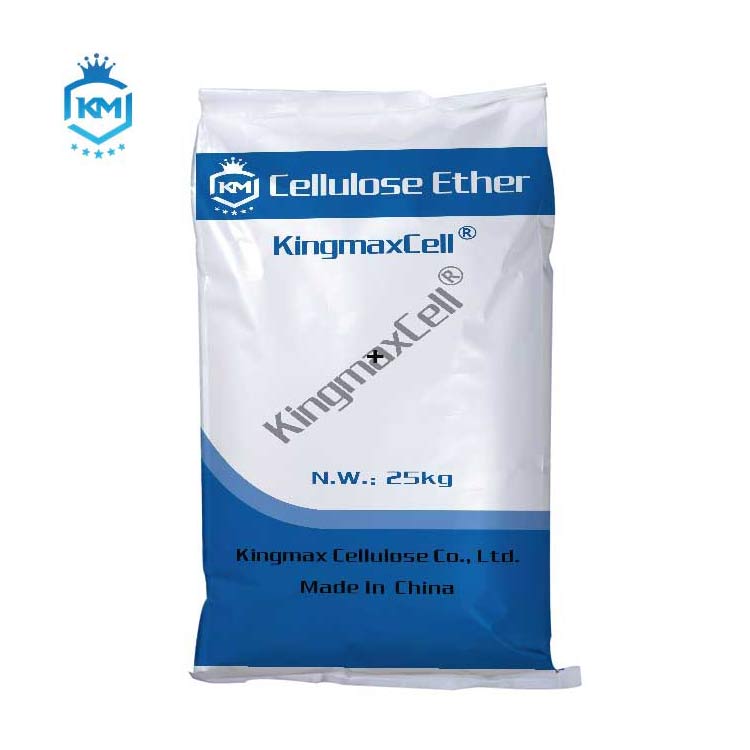Welcome to our comprehensive introduction to Hydroxypropyl Methylcellulose (HPMC). Whether you’re a researcher, manufacturer, or consumer, this guide aims to provide you with a thorough understanding of HPMC and its wide-ranging applications across various industries. From pharmaceuticals to construction, cosmetics to food, HPMC is a versatile polymer that offers numerous benefits and functionalities.
Key Features and Benefits:
- Chemical Structure:
- HPMC is a semi-synthetic polymer derived from cellulose, the main component of plant cell walls. It is produced through the chemical modification of cellulose with propylene oxide and methyl chloride.
- Physical Properties:
- HPMC exhibits unique properties such as solubility in water, thermal stability, film-forming ability, and viscosity control. These properties make it highly adaptable for a diverse range of applications.
- Versatility:
- HPMC finds applications in pharmaceuticals, where it serves as a binder, thickener, and sustained-release agent in tablet formulations. In the construction industry, it is used as an additive in mortars, plasters, and tile adhesives to improve workability and performance. Additionally, HPMC is employed in cosmetics and personal care products for its film-forming and thickening properties.
- Safety and Sustainability:
- HPMC is generally regarded as safe (GRAS) by regulatory authorities and is widely used in food and pharmaceutical applications. Derived from renewable plant sources, HPMC is biodegradable and environmentally friendly, aligning with sustainable manufacturing practices.
- Customization:
- Our range of HPMC products offers various grades and viscosities to meet specific application requirements. Whether you need high-viscosity grades for thickening or low-viscosity grades for film-forming, we have the solution to suit your needs.
Applications:
- Pharmaceuticals: HPMC serves as a key ingredient in tablet formulations, providing binding properties, controlled-release capabilities, and improved drug bioavailability.
- Construction: In the construction industry, HPMC is used in mortars, plasters, and tile adhesives to enhance workability, adhesion, and water retention.
- Cosmetics: HPMC is utilized in cosmetics and personal care products such as creams, lotions, and hair care formulations for its thickening, stabilizing, and film-forming properties.
Conclusion:
Hydroxypropyl Methylcellulose (HPMC) is a versatile polymer with a wide range of applications and benefits across multiple industries. With its unique properties, safety profile, and sustainability credentials, HPMC is a preferred choice for formulators seeking high-performance solutions. Explore our portfolio of HPMC products and discover how they can elevate your formulations to new heights of performance and efficiency.


